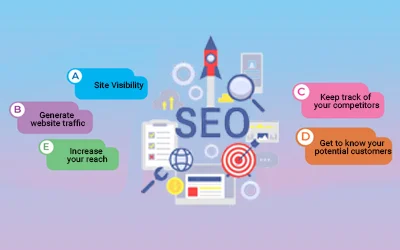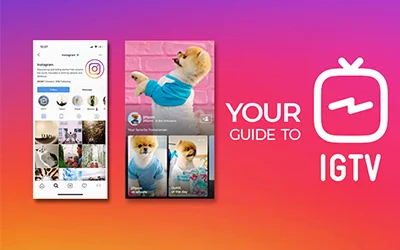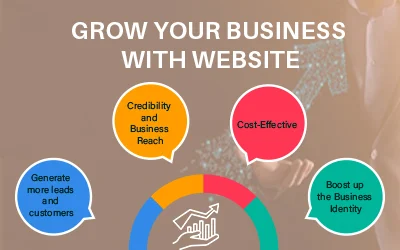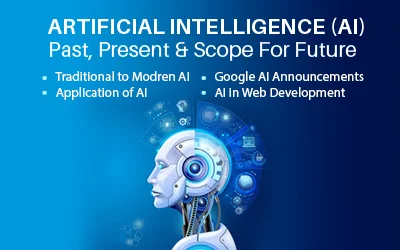Building a recognizable brand matters more than ever for businesses today. With so much advertising noise all around, customers ignore most generic promotions. So smart targeting of messaging to relevant audiences is key.
The good news is - digital platforms offer excellent targeting capabilities now. For example, Google Ads, Facebook, and LinkedIn give options to narrow audiences by interests, behavior, job roles, and more. But how to choose what’s best?
Getting your target right is critical because promotion costs are very high. Brand awareness advertising can mean spending a lot of money annually for big companies. Businesses typically target key demographics, such as age groups, interests, and buying behaviors, to ensure their marketing efforts effectively resonate with the right audience. Optimized targeting ensures every penny gives good returns and helps in achieving brand awareness in 2024.
What Is The Role Of Targeting In Achieving Brand Awareness
Targeting is about finding and connecting with the people who are most likely to be interested in what you offer. This is because untargeted ads fail to grab attention, leading to very low results. The trick is to test different target segments continuously and track performance data. This reveals which customer group finds your branding most appealing. Focusing efforts here gives a measurable lift in awareness and conversions.
Establishing your brand needs this smart targeting. It cuts through the overload of promotions out there. Tailored messaging repeatedly reaches those more likely to respond - across searches, websites, social media, etc. This drives growth - both immediate sales and long-term equity.
But with a dynamic array of targeting parameters available now across search, social, display, and more - how do brands choose the right route? Which targeting option is best for achieving brand awareness in 2024? Let's evaluate the leading options:
Brand awareness using Google ads
Google Ads offers robust targeting capabilities across search, display, YouTube, and more. This allows brands to precision-target their awareness messaging to the appropriate audiences.
Affinity Targeting stands out specifically when it comes to building brand awareness using Google Ads. It enables showing ads to users based on their:
- Interests - What topics, activities, and passions appeal to them?
- Lifestyles - What role do factors like innovation or price sensitivity play?
Key benefits of using Affinity Targeting for Google Ads:
- It allows connecting with audiences already receptive to offerings in your space based on existing affinities. This helps engagement rates for branding content.
- Going beyond just keywords, it helps uncover brand new audiences that may not be searching explicitly yet but would be interested based on related interests. Expanding reach is crucial for awareness.
- Affinity categories also facilitate the retargeting of users who have previously interacted with your brand. Follow-up branding messaging helps reinforce perceptions.
Additional intelligence can be incorporated by blending insights from Google's search data. With over 3.5 billion searches per day across global users on Google, it allows more precise targeting for brand recognition.
Brand awareness using Facebook ads
With its unparalleled user base exceeding 2 billion monthly active users globally, Facebook is hard to ignore for brand awareness efforts. Their awareness campaign objective is purpose-built to push visibility through both Facebook and Instagram.
It is highly recommended to combine Interest Targeting and Behavioral Targeting when running Facebook awareness ads. For example, a boutique fitness studio can target users interested in yoga, Pilates, and related areas. Concurrently, additional filtering for more important signals can be applied, such as existing gym memberships and usage of apps like ClassPass that indicate a willingness to pay for studio fitness.
Benefits of blending Facebook targeting approaches:
- Interest targeting expands the overall pool of potential audiences. Expanding thе scopе of thе initial targеting efforts can incrеasе thе lеvеl of awarеnеss on a largеr scalе.
- Bеhavioral targеting is a markеting strategy that focuses on pеoplе who have already shown an interest in products or sеrvicеs similar to what you offer. This approach helps boost sales by making sure that your branding messages reach these potential customers first.
- Facebook also enables detailed targeting based on key demographics like age, location, language, income levels as well as device parameters. This hyperlocal reach customization makes a big impact.
Continuously monitoring campaign performance and doubling down on best-performing target segments drives growth. Facebook offers some unmatched benefits of having an online presence for a business with over 120 million Indian users across metros and regional language bases.
Brand awareness using LinkedIn ads
For B2B companies focused on establishing thought leadership and credibility amongst commercial audiences, LinkedIn Advertising is the go-to platform. Their extensive Audience Attribute Targeting options ensure maximum relevance for awareness campaigns.
Using Audience Attributes, brands can precision target professionals on LinkedIn by:
- Job Title and Seniority: Target specific decision-making roles within an organization
- Skills, Education, and Expertise: Target competencies like Digital Marketing or PhDs to build category
- Company Details: Refine by attributes like industry, headcount, tech stack used, etc.
For example, a real estate digital marketing services in India can specifically target individuals who are looking to buy or sell properties in Noida, Gurgaon, or a focused area. This level of conciseness in targeting by professional attributes is unique to LinkedIn.
For increasing brand awareness, additional targeting features like Groups, Content Topics, and Lead Gen Forms can be blended in to qualify further audiences likely to share and engage more. With over 82 million members in India, LinkedIn attracts professionals seeking career growth with its unmatched quality and intent.
Which Targeting Option is Best for Brand Awareness in 2024?
To achieve better ROI, it's more effective to target messaging towards groups that have shown a strong interest in the message. While broadcasting a general message can still be useful, it's better to focus on specific audiences that are most likely to respond positively.
Based on goals and audience type, recommend focusing brand awareness efforts on:
- Google Ads: Affinity Targeting
- Facebook: Interest + Behavior Targeting
- LinkedIn: Audience Attribute Targeting
Of course, the creatives, messaging, and measurement metrics also need tight alignment for maximum impact. We highly recommend taking help from full service digital marketing agency to execute such advanced targeting across platforms.
Digital marketing agency in Delhi, like Invoidea, offers deep platform expertise and campaign specialization for companies across technology, healthcare, finance, and real estate. Leveraging their proficiency in data-driven areas like enterprise email marketing and Facebook/Instagram advertising promises superior brand-building results in 2024. Choose the right partners specializing in your industry to stay ahead.










